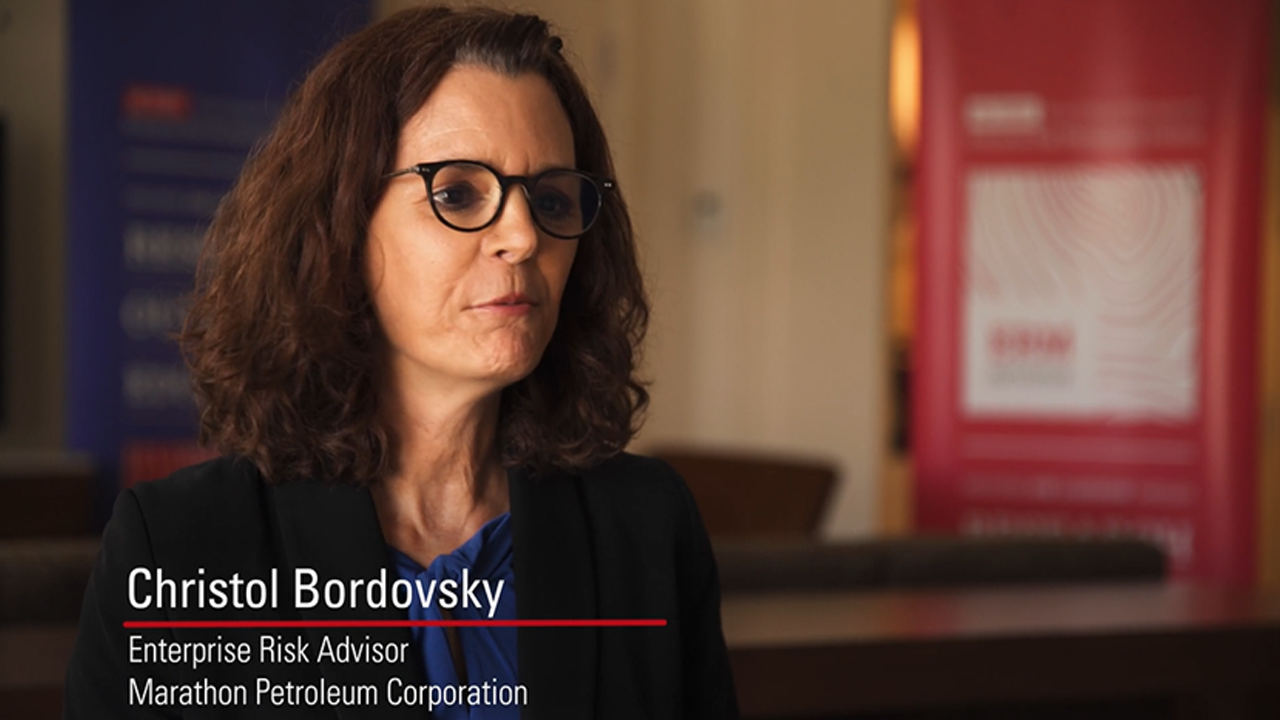Global Emerging Risks Survey
Oliver Wyman’s Corporate Risk consulting practice conducted a survey to assess the attitude of major corporations when it comes to risk management and the emerging risks that they see as imminent. The survey was completed by 650 executives and managers of global organizations with annual revenues greater than $1 billion, with the majority of the respondents from organizations with over $40 billion in revenues annually. The majority of the respondents are a part of their corporate level within the organization and the industry sectors reflected in the survey included a wide variety from financial services to government and not-for-profit organizations. Most of the respondents were operating in North America, Europe, and Asia.
The goal of the survey was to seek understanding of what most global companies view as the biggest emerging risks and what they are doing to manage these risks. Most of these global companies have taken the appropriate steps to implement enhanced risk management practices, but many still believe that those risk management techniques are only working at a moderately effective to ineffective rate, which causes concern about their preparedness to monitor and manage emerging risks. The survey defines emerging risks as “new risks” or “familiar risks in new or unfamiliar conditions.”
Most of the respondents believe that the most prevalent emerging risk is global recession followed by regulatory policy risk, liquidity/credit crunch, financial market volatility and commodity price volatility. The thought of a global recession and the liquidity/credit crunch are the two most increased worries of executives over the past year. Obviously, the industry sector affects a particular organization’s level of exposure to certain emerging risks as reflected by the survey.
The survey suggests that there has been a large increase in the amount of attention paid to a company’s capacity to detect and analyze emerging risks over the past year. Around 90% of companies surveyed believe they have increased their risk capacity over the past year. Along with that, around two-thirds of these global organizations have increased the frequency and intensity of reporting of emerging risks and risk management practices to their board and senior managers. This is likely attributable to the finding that nearly half of the organizations surveyed say that the board of directors and chief executive officer (CEO) are playing a leading role in the demand for focus on risk management. Respondents also noted that risk information distributed to the board and senior management has increased, but is being reported infrequently by about one-third of the respondents surveyed. Another major problem with the information reported to management is that most of the companies still believe that risk information is being separated from ongoing business planning. Also, only 42% of the respondents state that the board is distributing risk information in an annual risk report, which is interesting given the growing emphasis on the importance of the board’s oversight role.
Unfortunately, around 62% of the respondents still believe that their companies are integrating emerging risks into their risk management practices at an ineffective to moderately effective rate. Most of the companies are not very faithful in their ability to incorporate risk data into their decision making process. Once again, this translates to a small amount of companies that are able to put a value on integrating emerging risk data into business insights over the past year. One alarming result was that over a quarter of the companies surveyed expressed that their inability to maintain sufficient resources, obtain enough time and resources, and obtain sufficient analytical capabilities have caused major difficulties for the success of risk management within their organizations. Without the proper changes being made to fix these problems, some organizations may struggle with potentially major risk events in the future.
One of the leading causes of the struggles faced by some of these organizations is the fact that they are simply relying on the use of internally generated information to help cover emerging risks and to try to expand their risk management process. Without the use of externally generated input, most of these organizations are becoming too narrow-minded in their thought processes when it comes to addressing these potential emerging risks. Without the support and credibility of other experts in industry within which they are operating, companies are simply addressing the risks assumed based on their experience without thinking of the other major potential risks that are looming in their industry. Most of these companies believe that they should put more emphasis on scenario analysis and externally generated risk indicators to help them prepare for these emerging risk events. These organizations must be able to use multidimensional analytical tools to be able to increase their capacity to holistically integrate risk information across their company.
Based on the results of this global survey, Oliver Wyman’s Corporate Risk consulting practice has made five major recommendations on how to properly identify and assess emerging risks within a company’s risk management.
- Integrate emerging risks into your corporate strategy
- Know what drives corporate performance and value to determine and map the impact of critical emerging risks
- Use analytical tools that better capture risk characteristics
- Align risk metrics with performance measures
- Reevaluate your emerging risk capabilities
Click below to download the article.
Original Article Source: “Global Emerging Risks Survey: Steering the Course, Seizing the Opportunity,” Oliver Wyman, August 2010
- Types:


